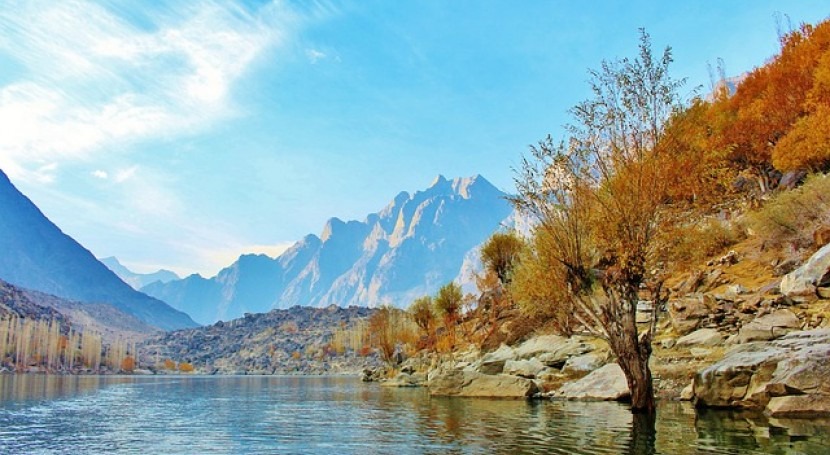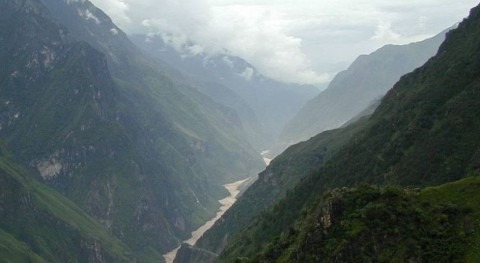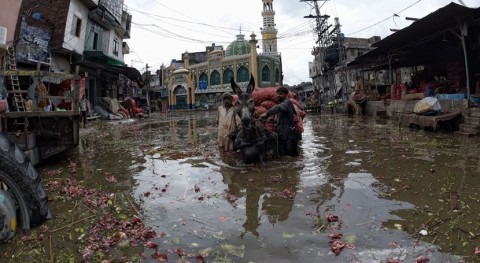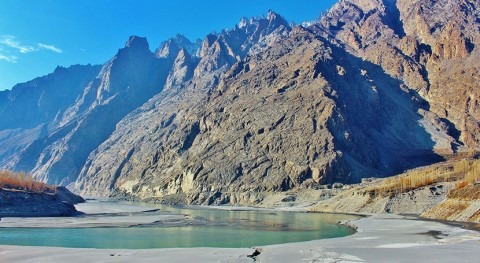What is the longest river in Pakistan?

The Indus River is the largest river in Pakistan, playing a significant role in the country's environment, economy, and culture. This article explores the river's geographical features, historical significance, unique characteristics, and its impact on Pakistan. The main threats facing the river are also discussed, with a list of sources provided for further information.
1 . Geographical Features
The Indus River originates in the Tibetan Plateau in China and flows through India before entering Pakistan. It covers a total length of approximately 3,180 kilometers (1,976 miles), making it one of the longest rivers in Asia. The river's basin spans four countries: China, India, Afghanistan, and Pakistan, with an area of around 1.12 million square kilometers (432,000 square miles).
2 . Historical Significance
The Indus River has been the cradle of ancient civilizations, such as the Indus Valley Civilization, which thrived around 2,600 BCE. This ancient civilization was known for its sophisticated urban planning, architecture, and agricultural practices. The river's fertile plains provided the necessary resources for the development of complex societies and facilitated trade and communication between different regions.
3 . Unique Characteristics
The Indus River is unique due to its extensive irrigation system, which is one of the largest in the world. This system enables agriculture in the arid regions of Pakistan, providing water to millions of acres of farmland. The river is also home to a diverse range of flora and fauna, including the endangered Indus River dolphin.
4 . Impact on Environment, Economy, and Culture
The Indus River is a lifeline for Pakistan, supporting agriculture, industry, and domestic needs. Its waters irrigate crops such as wheat, rice, cotton, and sugarcane, contributing significantly to the country's economy. The river also plays a crucial role in the generation of hydroelectric power, providing a sustainable energy source for the nation. The Indus River has immense cultural significance in Pakistan, with many religious festivals and rituals centered around its waters.
5 . Main Threats
The Indus River faces several threats, including climate change, pollution, and over-extraction of water. Climate change is causing glacial melting in the Himalayas, resulting in changes to the river's flow patterns and affecting water availability. Pollution from industrial and agricultural activities is degrading water quality, threatening the health of ecosystems and local communities. Over-extraction of water for agriculture and domestic use is also putting pressure on the river's resources, leading to water scarcity in some regions.
6 . 10 Key Facts About the Indus River
- The Indus River is the longest river in Pakistan, with a total length of approximately 3,180 kilometers (1,976 miles).
- The river originates in the Tibetan Plateau in China and flows through India before entering Pakistan.
- The Indus River Basin spans four countries: China, India, Afghanistan, and Pakistan, covering an area of around 1.12 million square kilometers (432,000 square miles).
- The Indus River was home to the Indus Valley Civilization, one of the world's earliest urban civilizations, which thrived around 2,600 BCE.
- The river supports one of the largest irrigation systems in the world, providing water to millions of acres of farmland in Pakistan.
- Agriculture along the Indus River plays a significant role in Pakistan's economy, with crops such as wheat, rice, cotton, and sugarcane being cultivated.
- The Indus River is a crucial source of hydroelectric power in Pakistan, generating sustainable energy for the nation.
- The river is home to diverse flora and fauna, including the endangered Indus River dolphin.
- The Indus River holds immense cultural significance in Pakistan, with many religious festivals and rituals centered around its waters.
- Climate change, pollution, and over-extraction of water are the main threats facing the Indus River, affecting water availability, quality, and ecosystem health.







